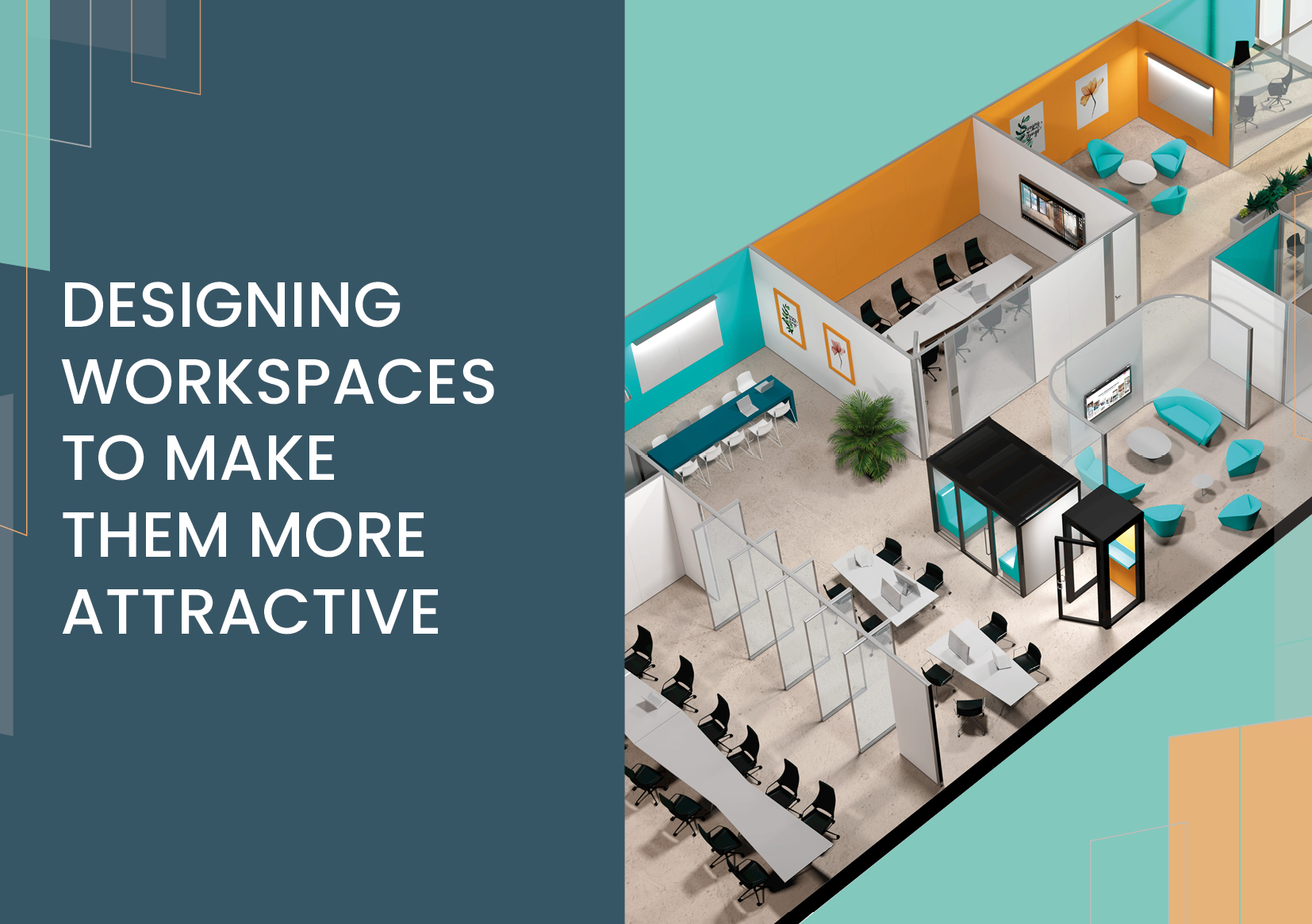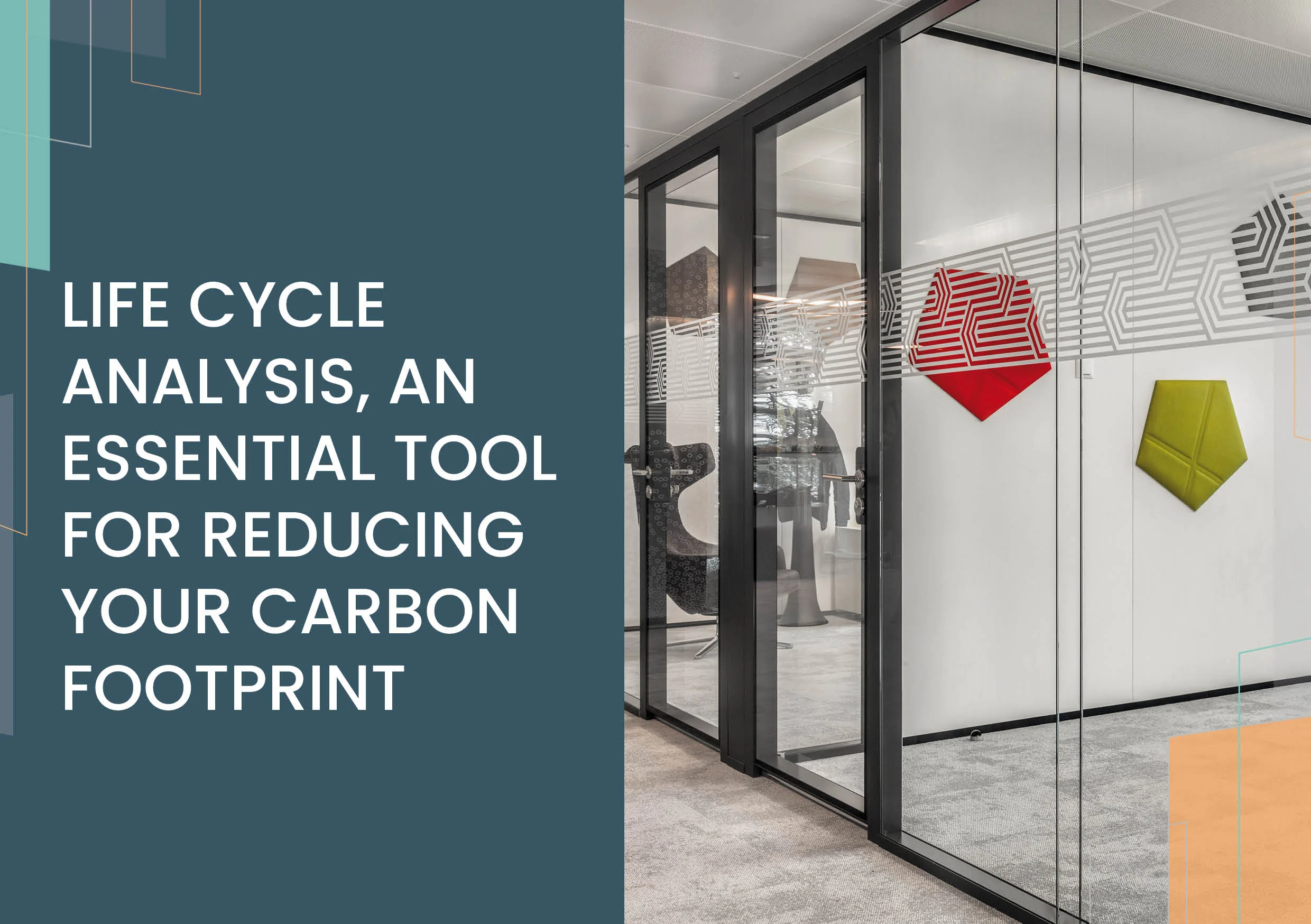What Design Choices Can You Make For Your Modern Cleanrooms
Cleanrooms continue to be an integral part of the manufacturing process for many advanced industries.
From industries ranging from pharmaceuticals and aerospace to electronics and food, cleanroom facilities are critical to ensure all products are manufactured in the safest conditions. Each of these sectors must comply with the same set of regulations, stemming from the ISO 14644 standards and EU cGMP guidelines. However, important differences in specifications and requirements, according to the field of application, still exist despite common regulation standards.

Lately, modern cleanroom designs have evolved to incorporate more advanced control systems. A greater variety of construction methods is also available to cleanroom owners to address their specific requirements.
All these innovations essentially serve the same purpose. They aim to enhance the reliability and availability of cleanrooms to meet increasingly complex demands.
Highlighting the options available for your cleanroom design, we’re raising awareness of the considerations you can take to get the safest and most cutting-edge cleanroom.
Conventional or Modular Cleanroom?
Determining your need for a cleanroom is only the first step in a process that can potentially transform your business for the better. Now you understand the needs of a cleanroom and the advantages it will bring to your manufacturing process; you now need to consider the construction.
Typically, there are two types: conventional or modular. Each approach has its pros and cons. However, many operators have turned to modular construction in recent years due to the specific requirements of cleanroom construction. Unlike the latter, conventional construction makes use of a variety of materials assembled on-site. These can range from concrete for the structural work to steel, epoxy, or polypropylene panels for the sub-trade finishing.
Extra coatings and sealants are then applied to reach the desired level of cleanliness. This method allows for a greater level of customization in the result; however, the process is usually more resource-intensive and requires a longer lead-time.
On the other side of the spectrum, modular cleanrooms make use of prefabricated building systems easily assembled, dismantled, and moved. This approach favors standardization and scalability but lacks customizability and design flexibility. Panelized units are self-contained, finished products that can be made from steel, aluminum, or plastic.

Just like typical construction projects, modular cleanrooms have a shorter delivery time compared to conventional builds. Design standardization also contributes to reducing the project’s final price. Cost is such a huge factor in your cleanroom design and when it comes to modular, it is a more cost-effective option than a conventional cleanroom.
A Cleanroom That’s integrated to your BMS
BMS (Building Management Systems) are the underlying system controlling most of your building’s functions like ventilation, lighting, temperature and energy. The main purpose of this system is to automate each of these functions according to pre-set protocols, which will in turn trigger automatic actions where and when it is needed.
Think of it as a platform which constantly receives input data sent by a multitude of sensors spread across the building. By monitoring this data in real-time, the platform is able to automatically regulate your cooling system so that the temperature in critical parts of your building stays within a specified range, for instance.
The efficiency of the system comes from the combination of interconnected assets within a building, whose sensors collect a wide range of micro-level data, while the BMS provides the macro-level data management platform to monitor it, analyse it and build data-driven protocols.

Whether your cleanroom is a standalone facility or is part of a bigger infrastructure, it is therefore very important that your cleanroom provider is also able to implement a robust Building Management System to complement your installations. A BMS will be critical to ensure your cleanroom operates smoothly and safely for your employees, while also achieving high levels of energy efficiency throughout its lifecycle.
The most common field equipment to be deployed in your cleanroom are humidity, temperature and pressure sensors, to which are connected valves, dampers and pumps actuators. This way, your sensors will collect relevant environmental data able to trigger regulating actuators. Programmable Logical Controllers will then provide the connection to the BMS operation station where all processes are supervised and data can be monitored.
Regulating cleanrooms isn’t easy. They’re their own environments, with unique air circulation, pressurisation requirements and often containing highly volatile materials. This is why BMS are invaluable assets able to monitor individual critical zones together or individual, reacting immediately in the event of an emergency.
When designing your cleanroom, it’s important to discuss all of your concerns and requirements with the supplier.
Designing Modern Cleanrooms
Cleanroom design is far from easy. As we’ve covered in previous blogs as well as this one, modern cleanrooms make good use of advanced building technologies and modern construction methods.
When you start your cleanroom design journey, there’s many things you need to consider, but we’ve highlighted 2 key factors of success.
The first design decision, modular and conventional, can arguably impact your upfront costs as well as future expansions. The decision you make here can also either enhance or slow down the installation process as discussed.




